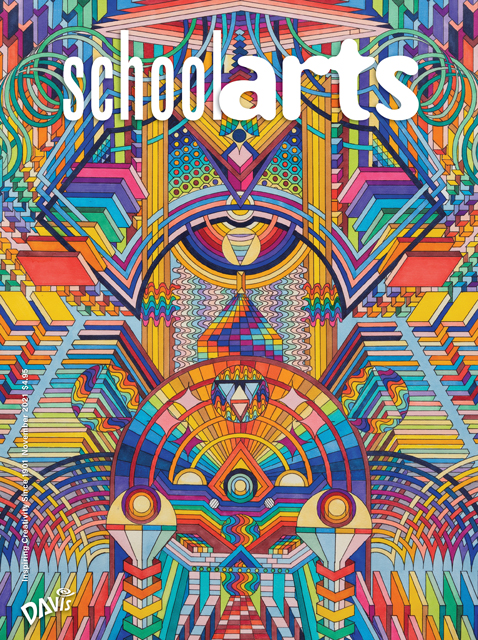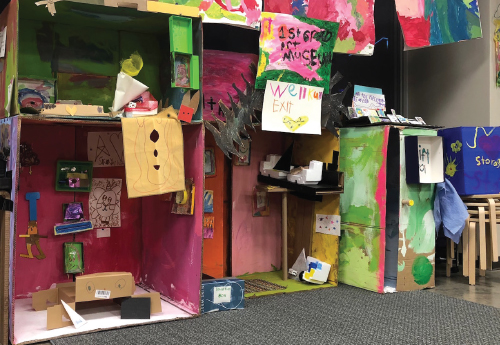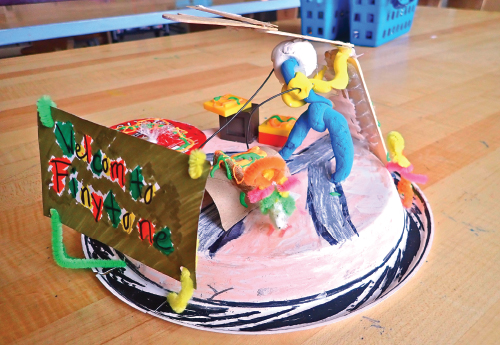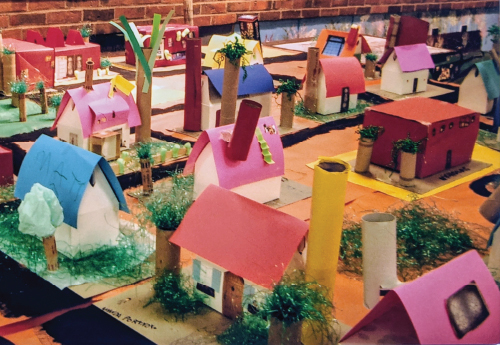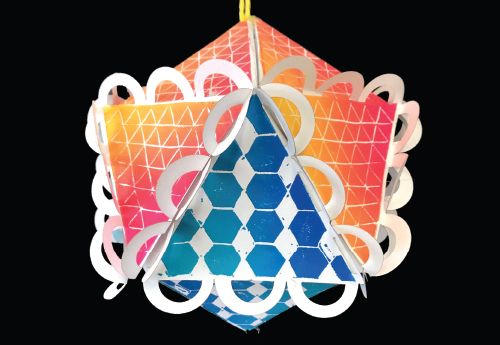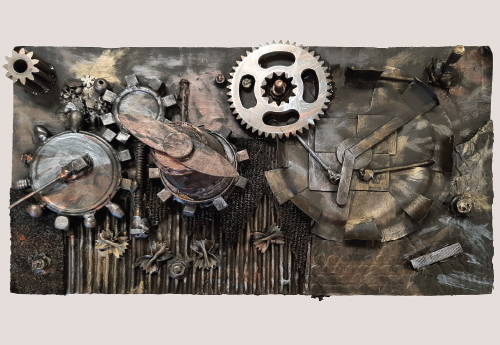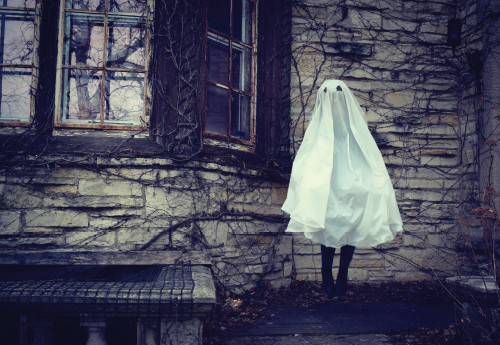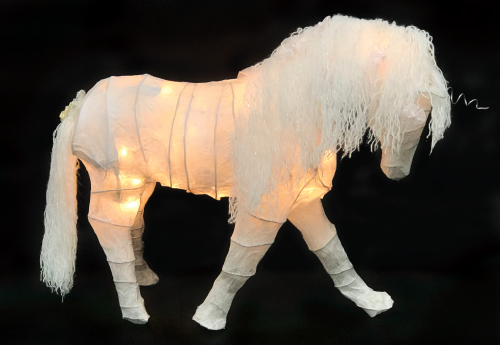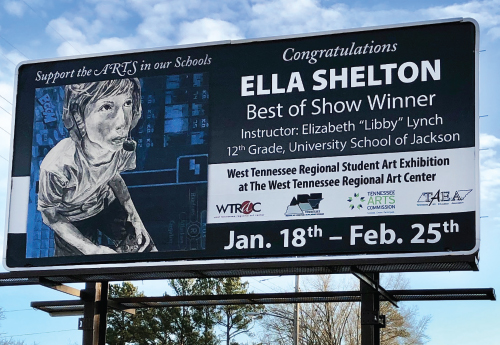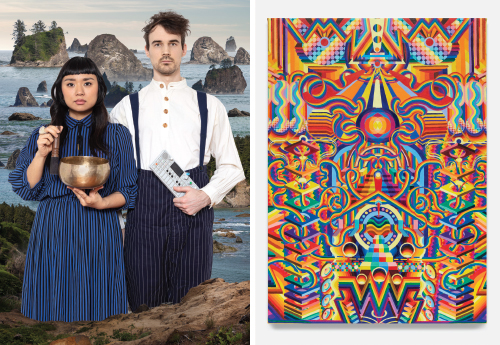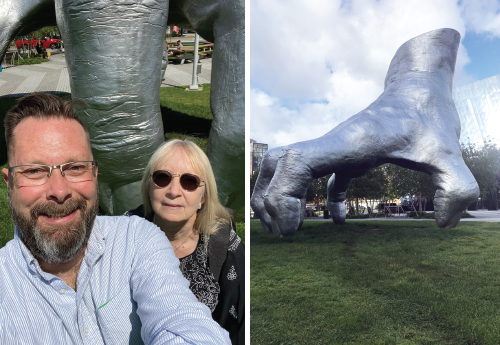
Editor's Letter: Structure
In the simplest terms, structure is the arrangement and organization of related parts according to a plan or pattern. Though the concept of structure can be applied to many things, for the purpose of this issue, our studio lessons primarily focus on 3D art and architecture. It is invaluable for students of all ages to explore the concept of structure through 3D experiences. Students unsure of their drawing skills may turn out to be quite adept at working in three dimensions, but all students are likely to find it novel and engaging.
Read Article
